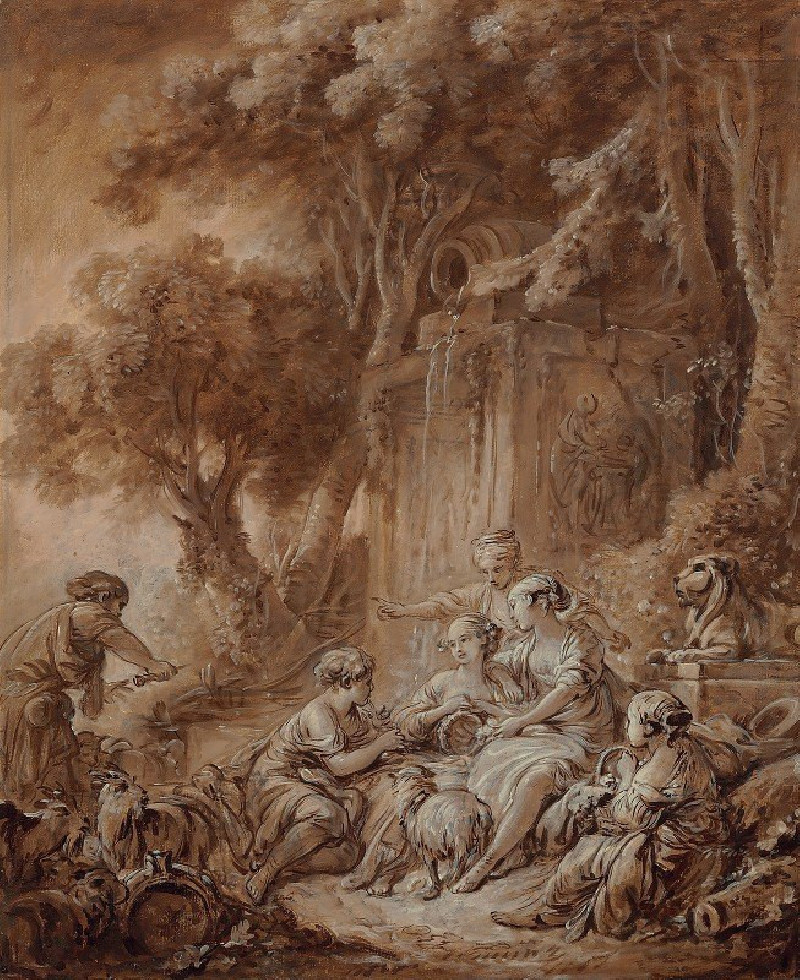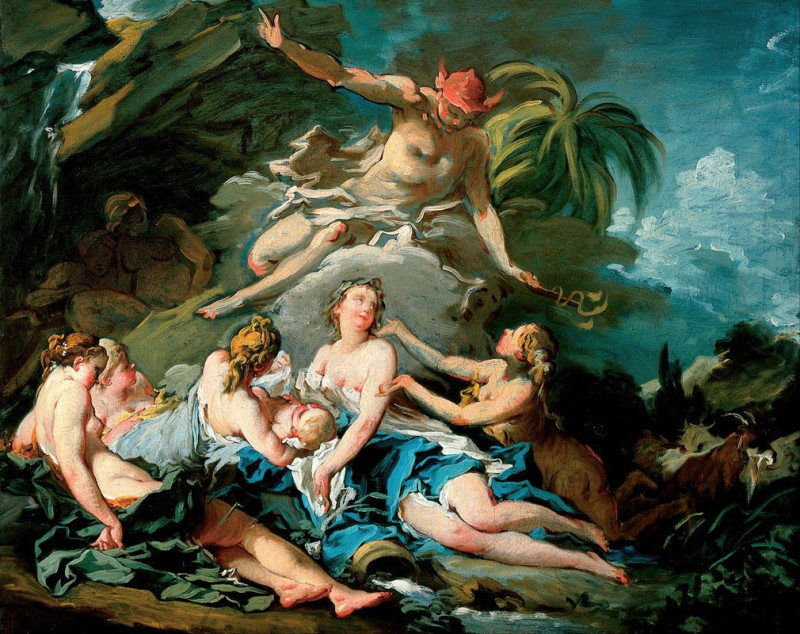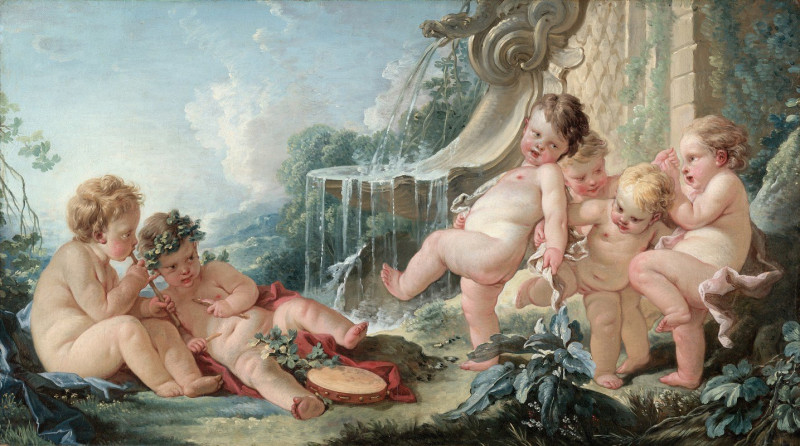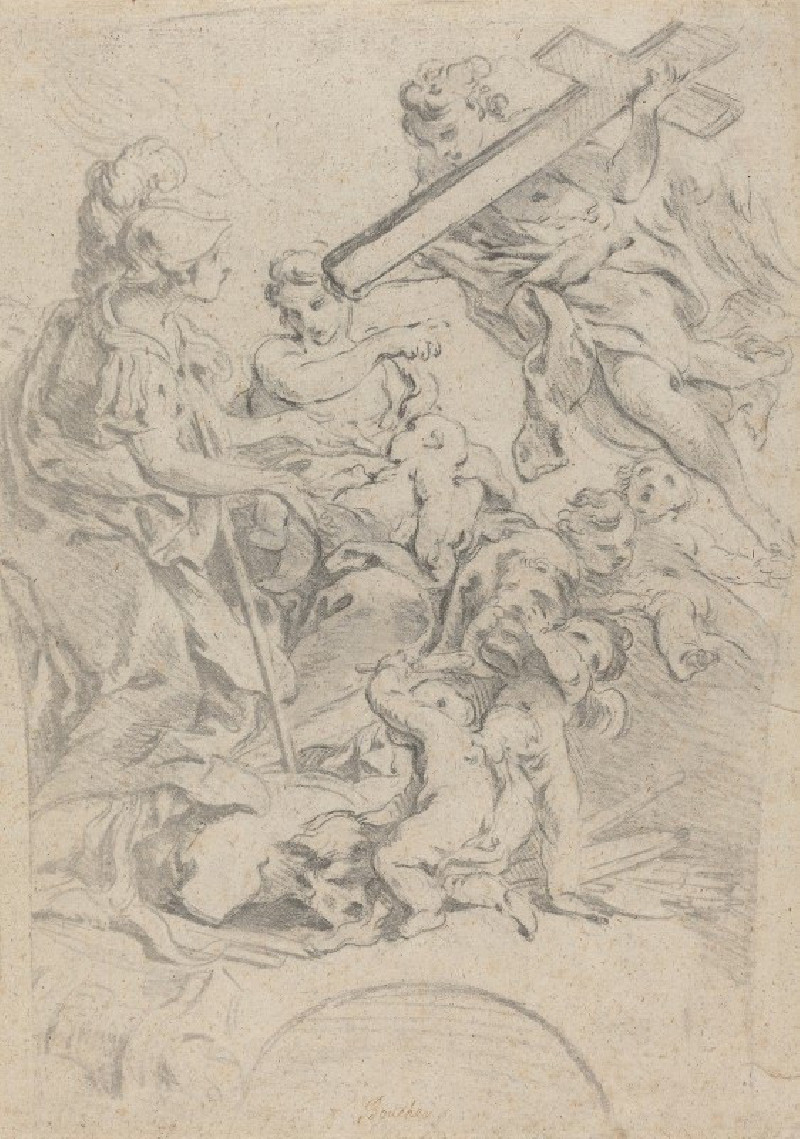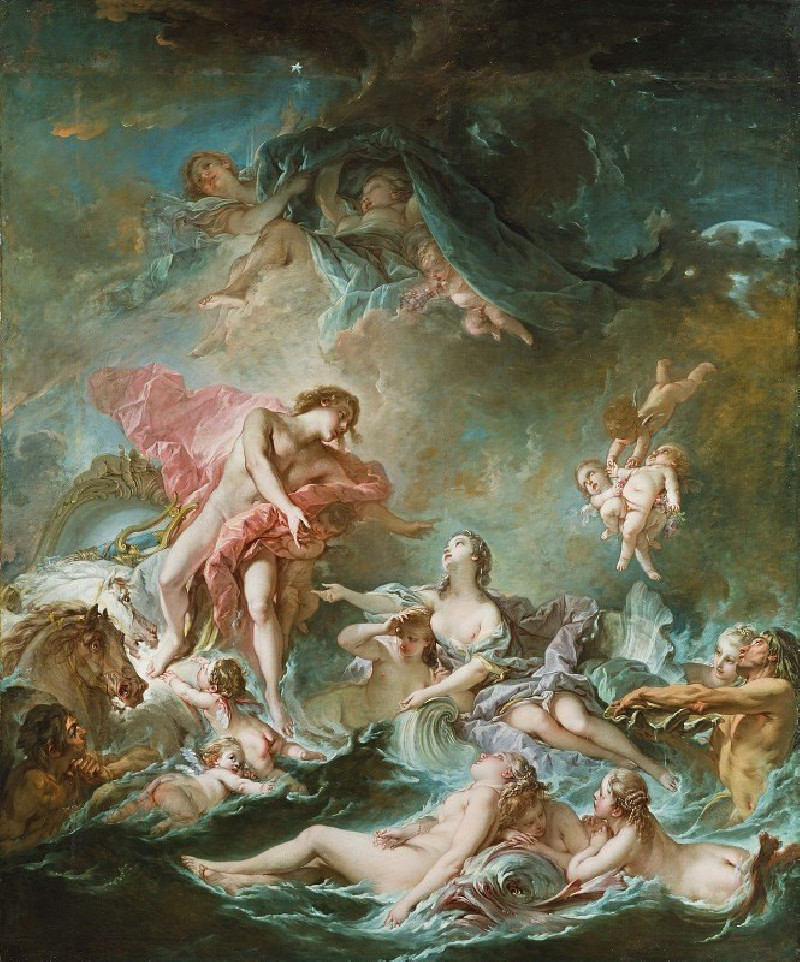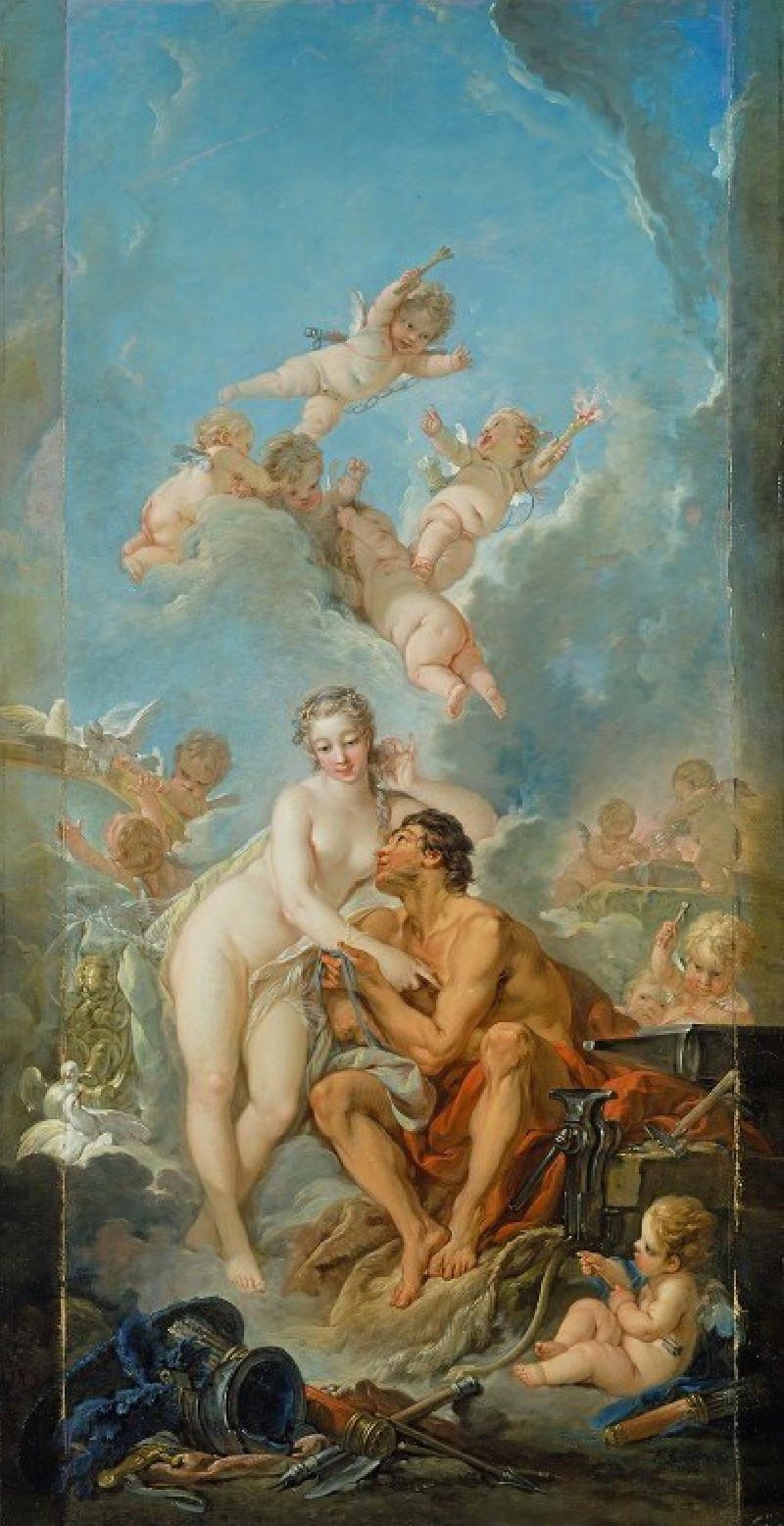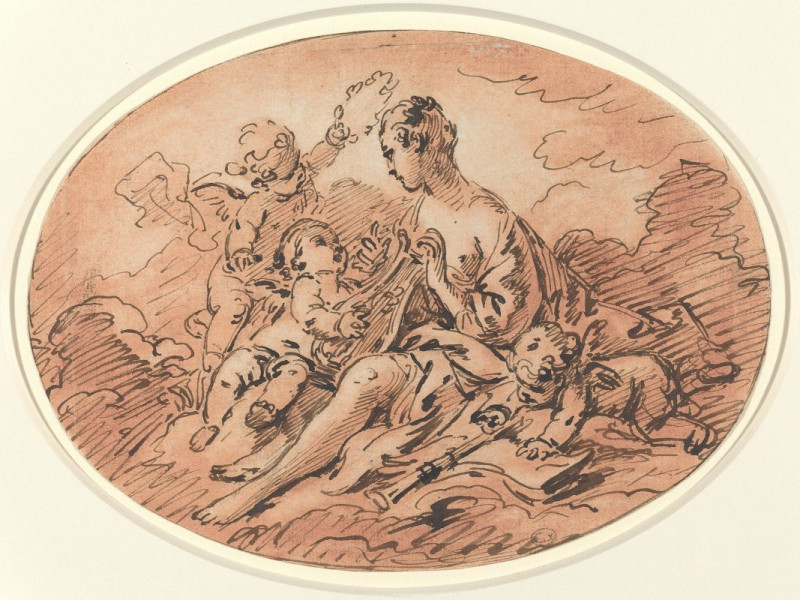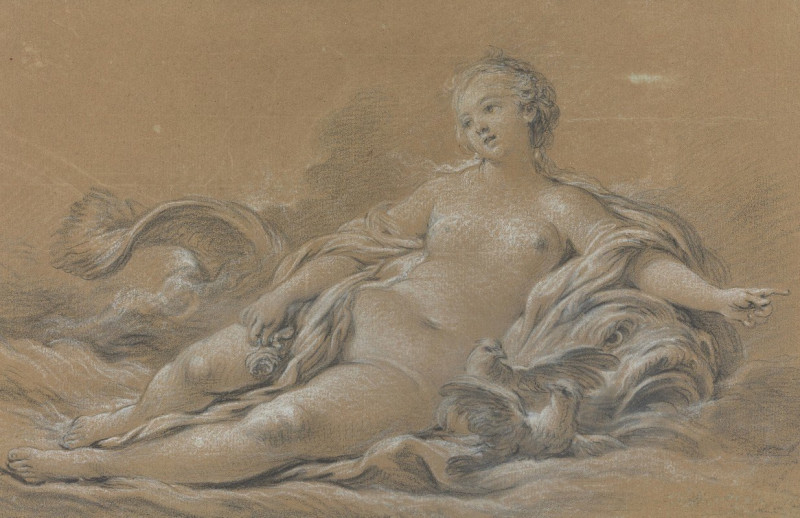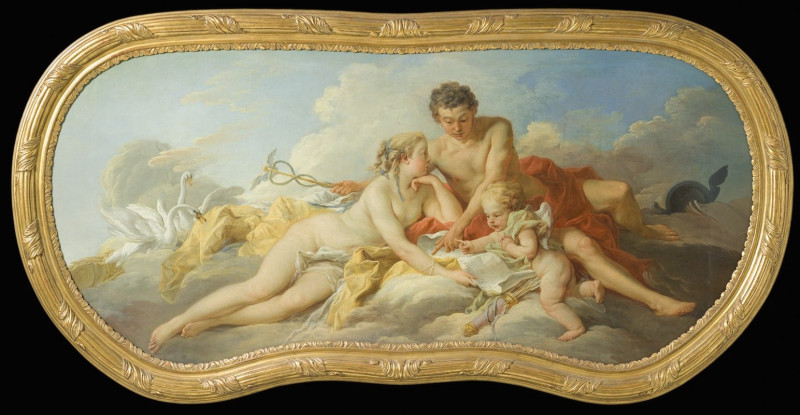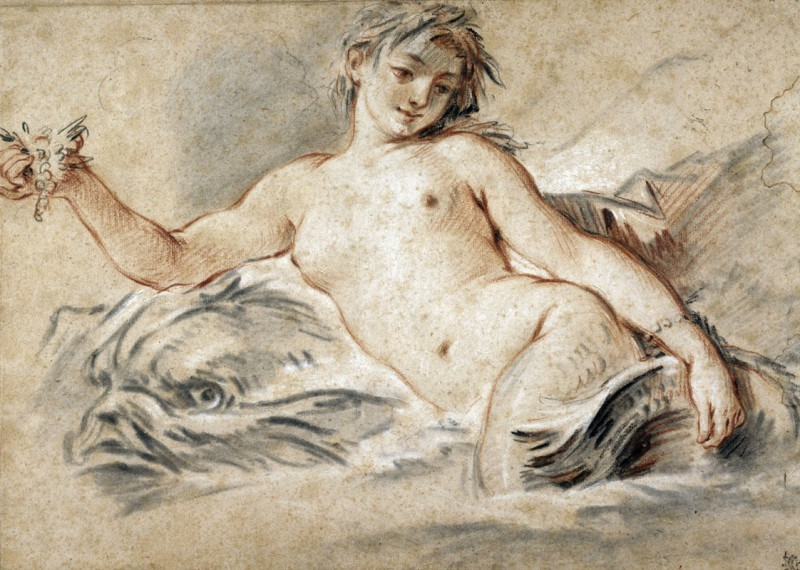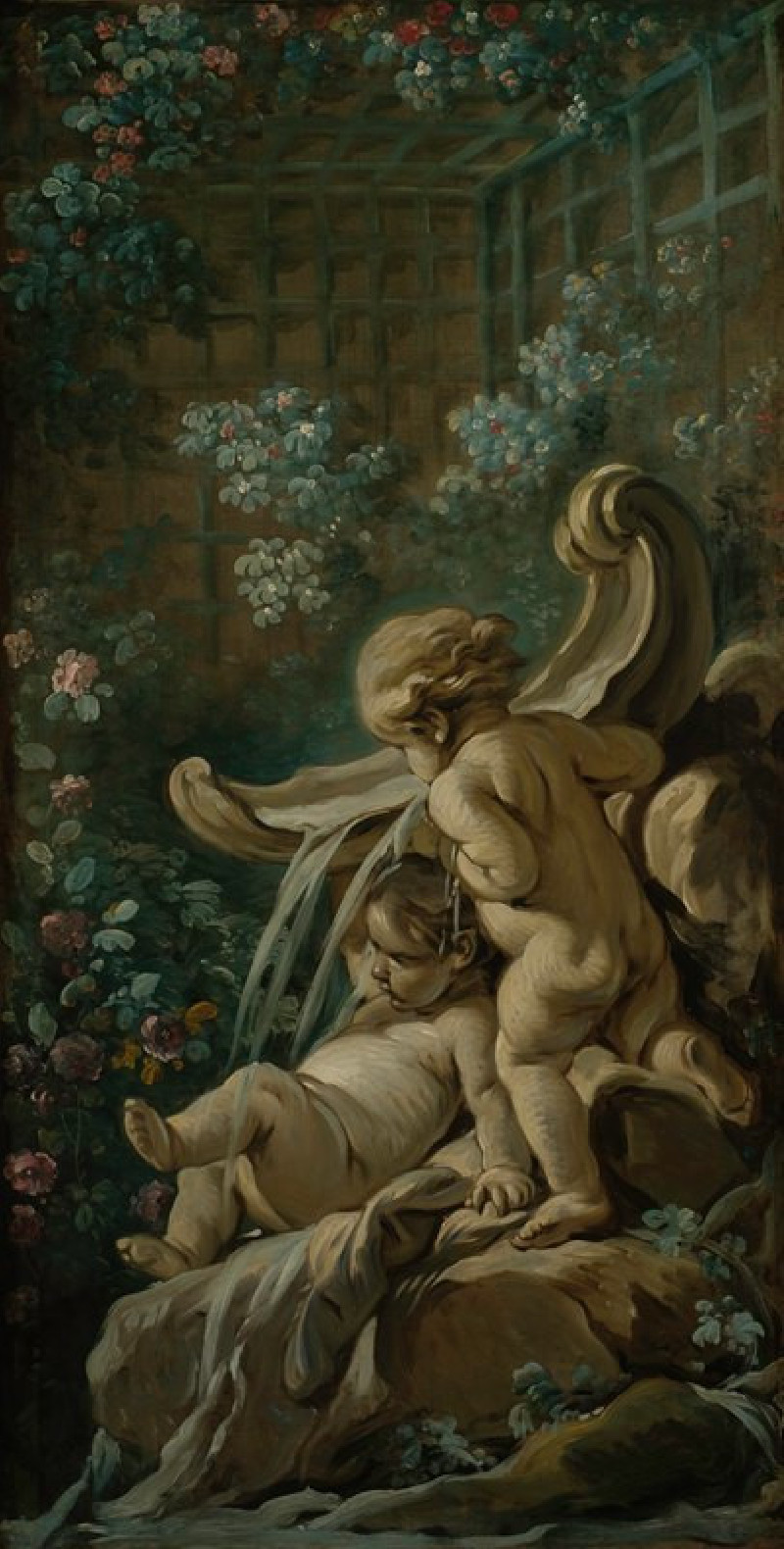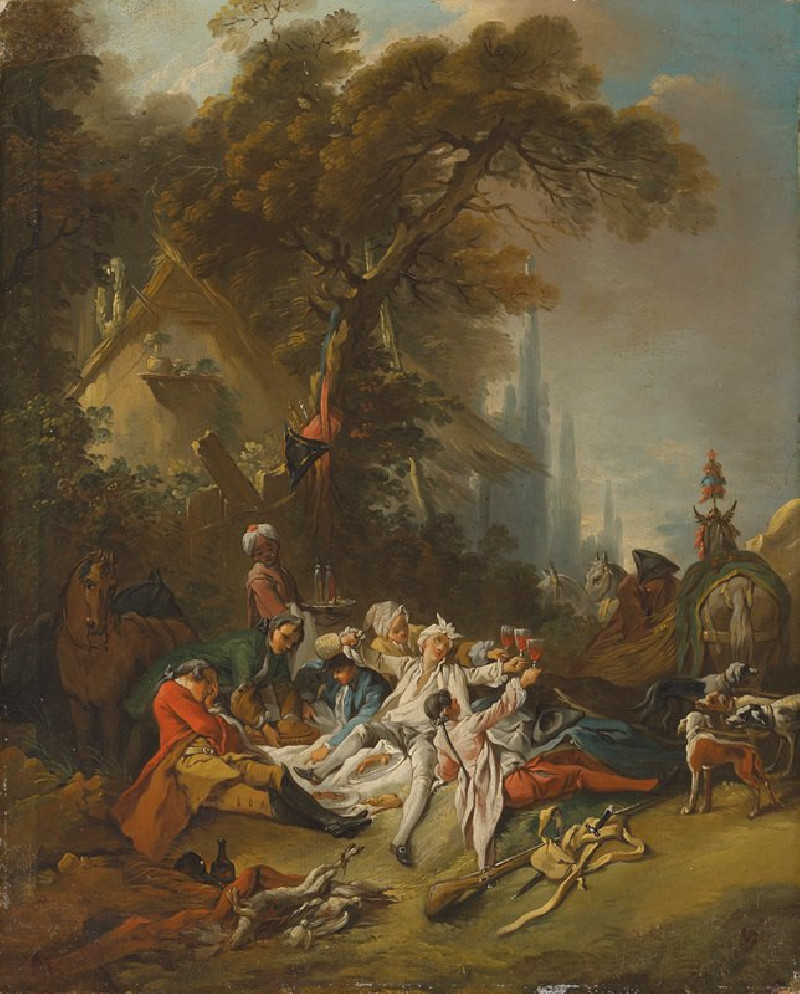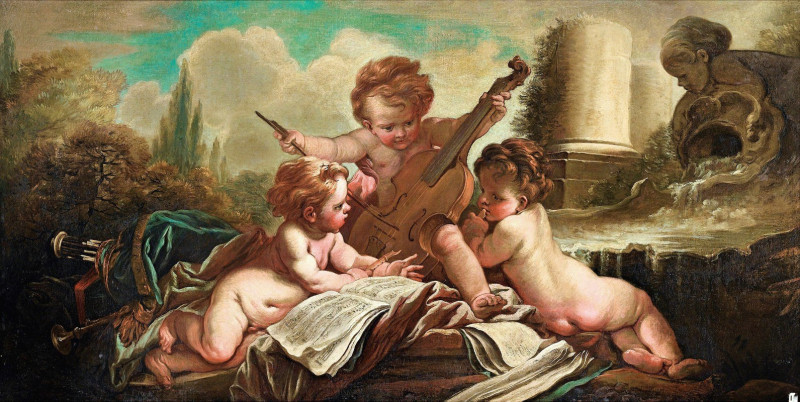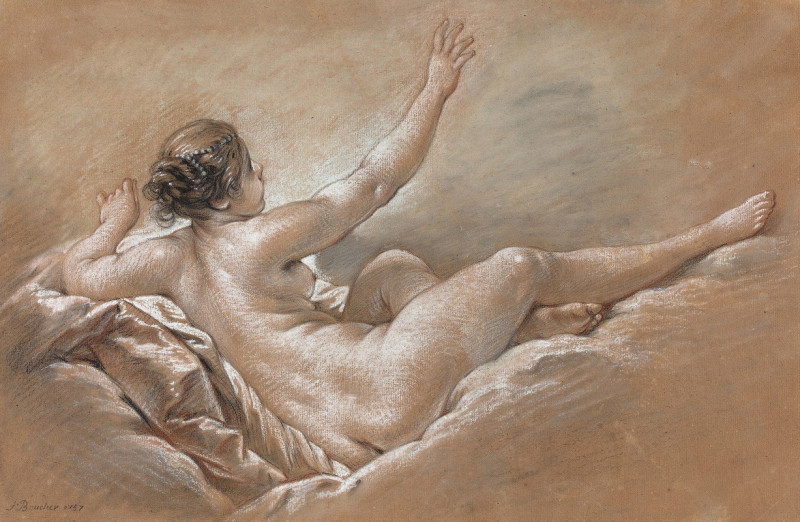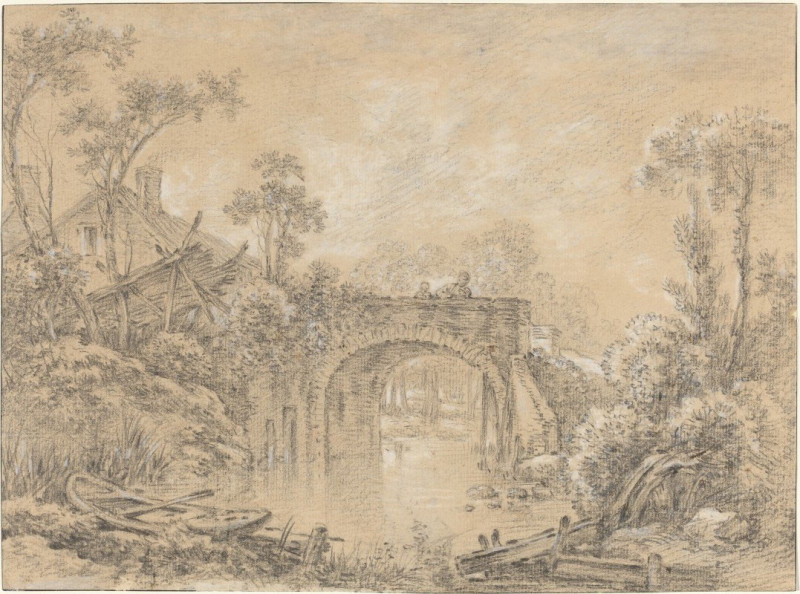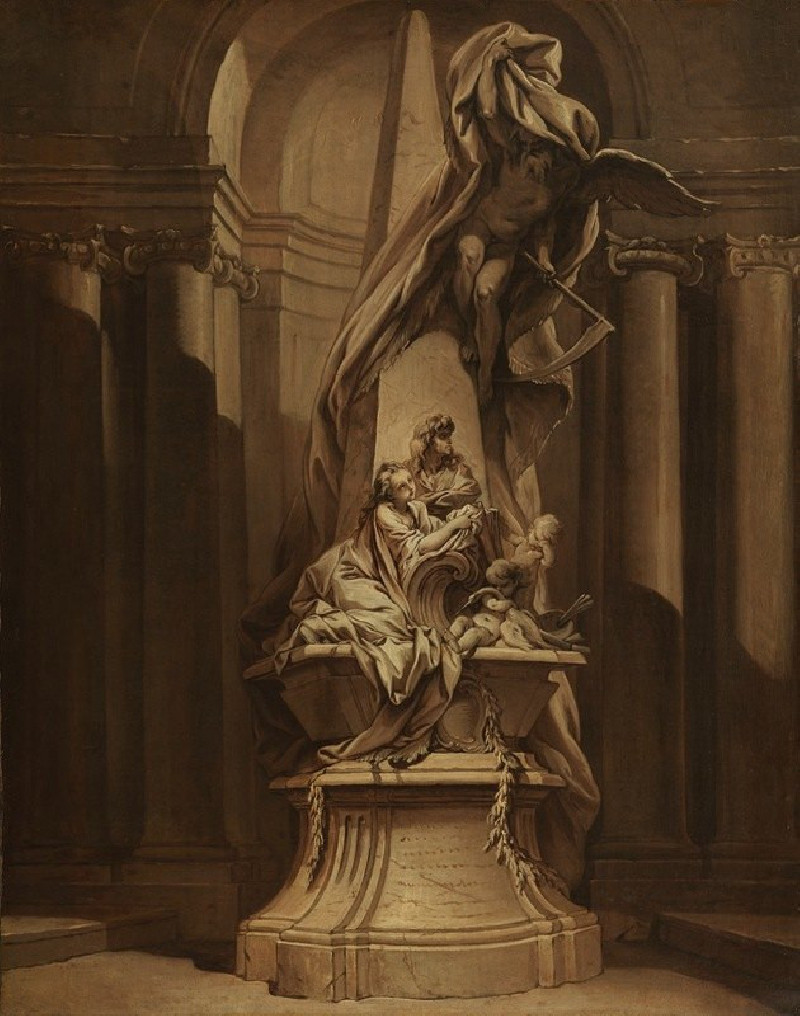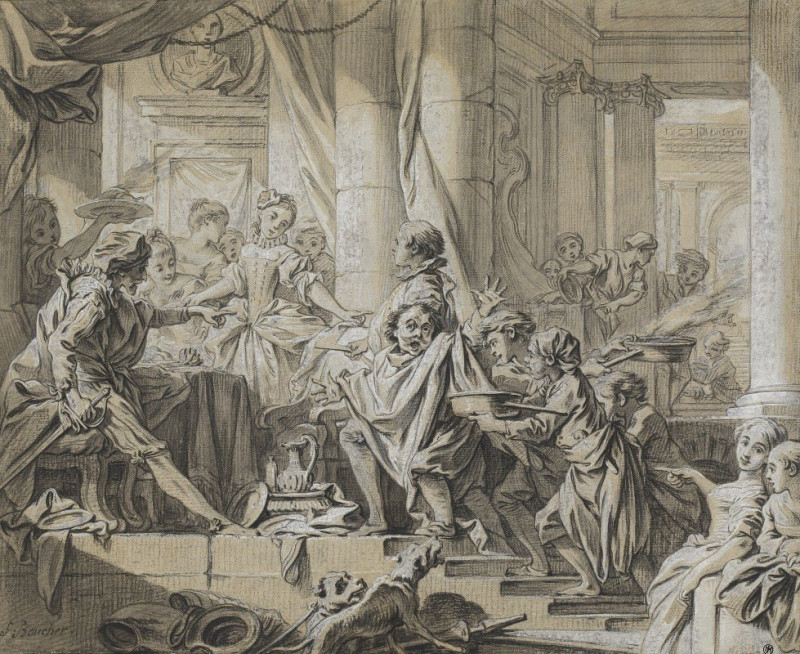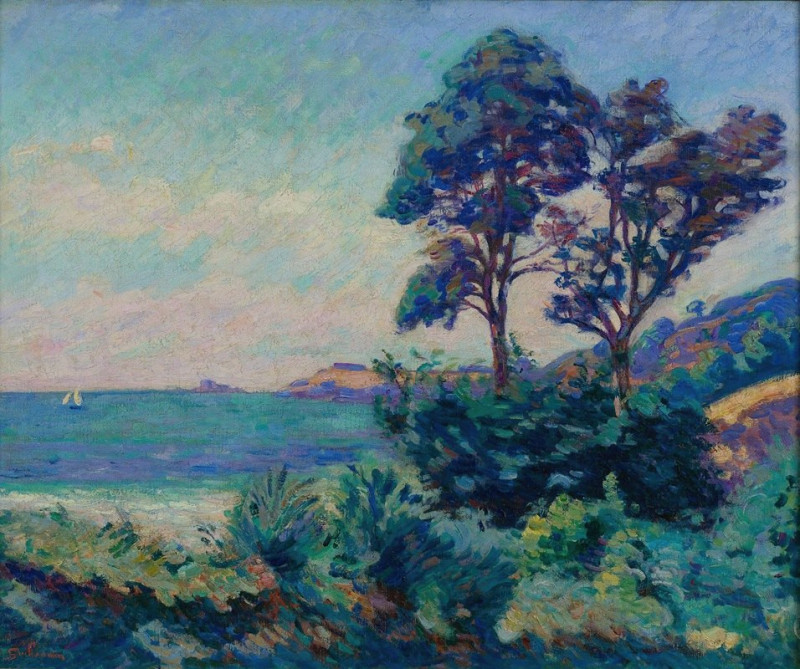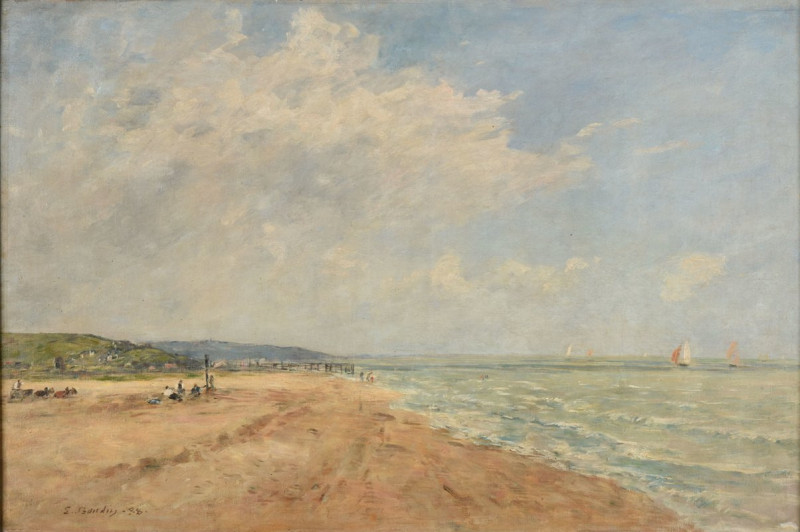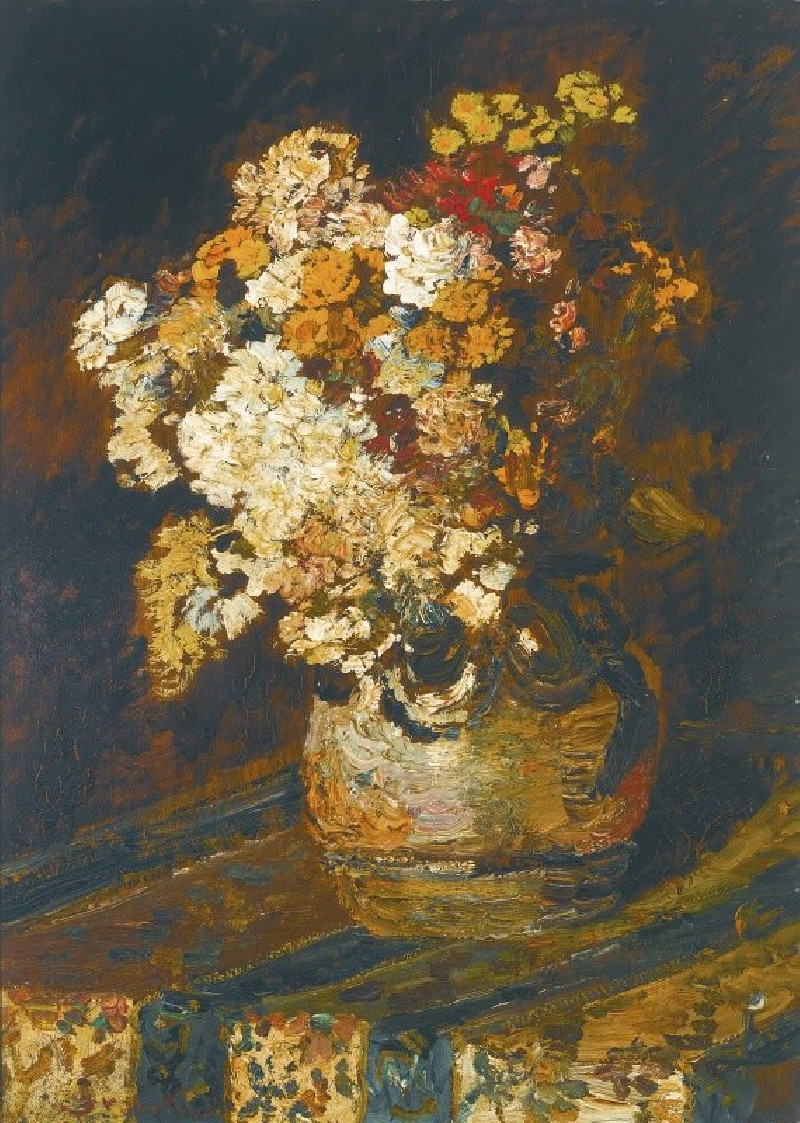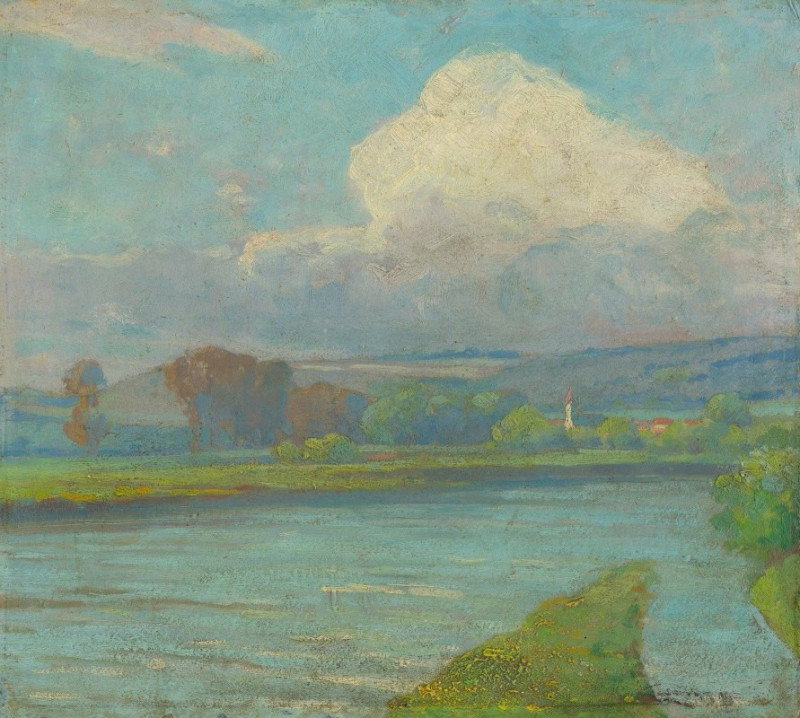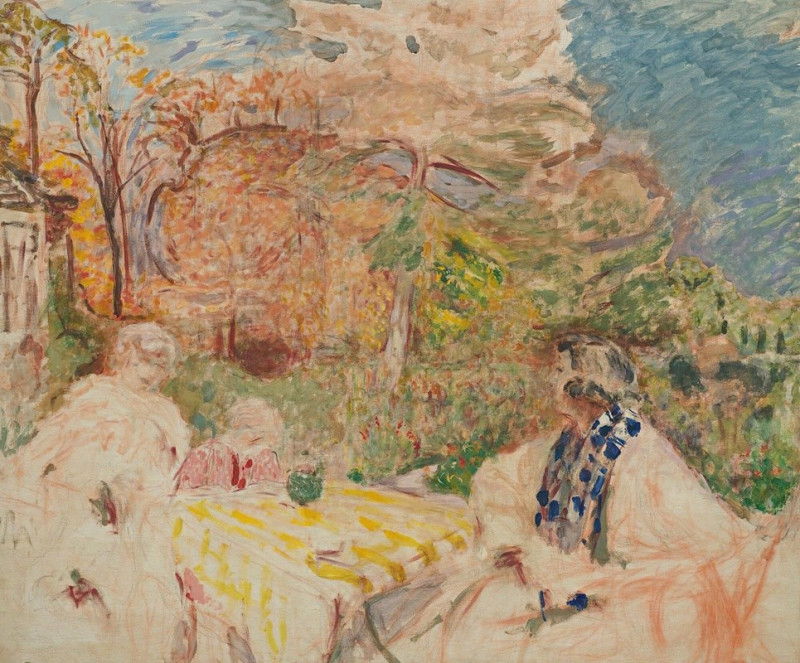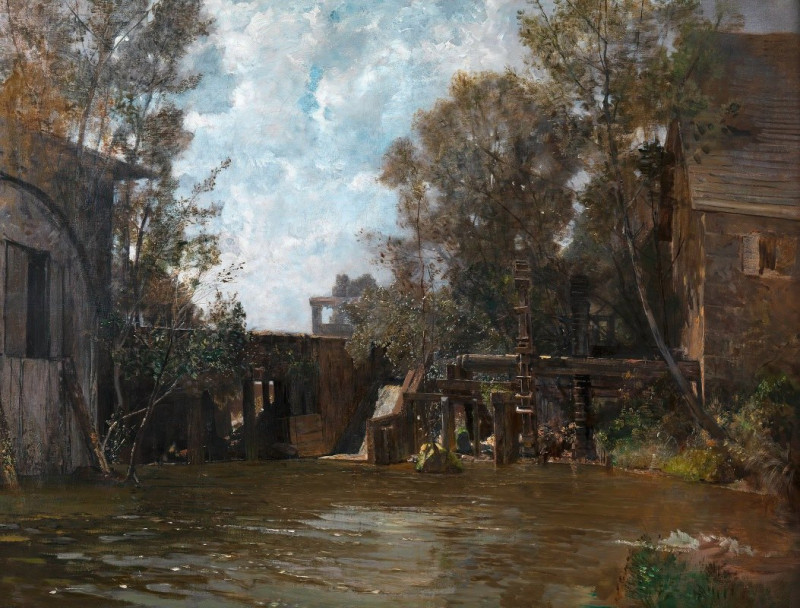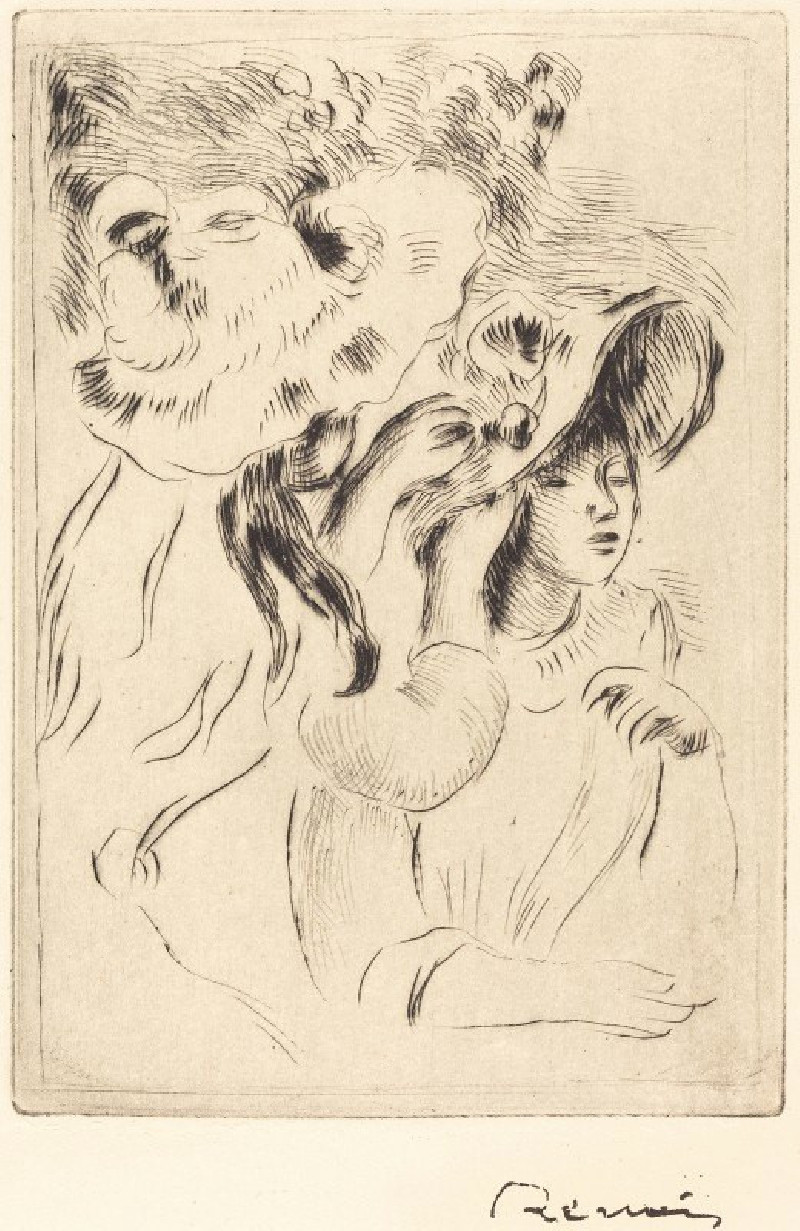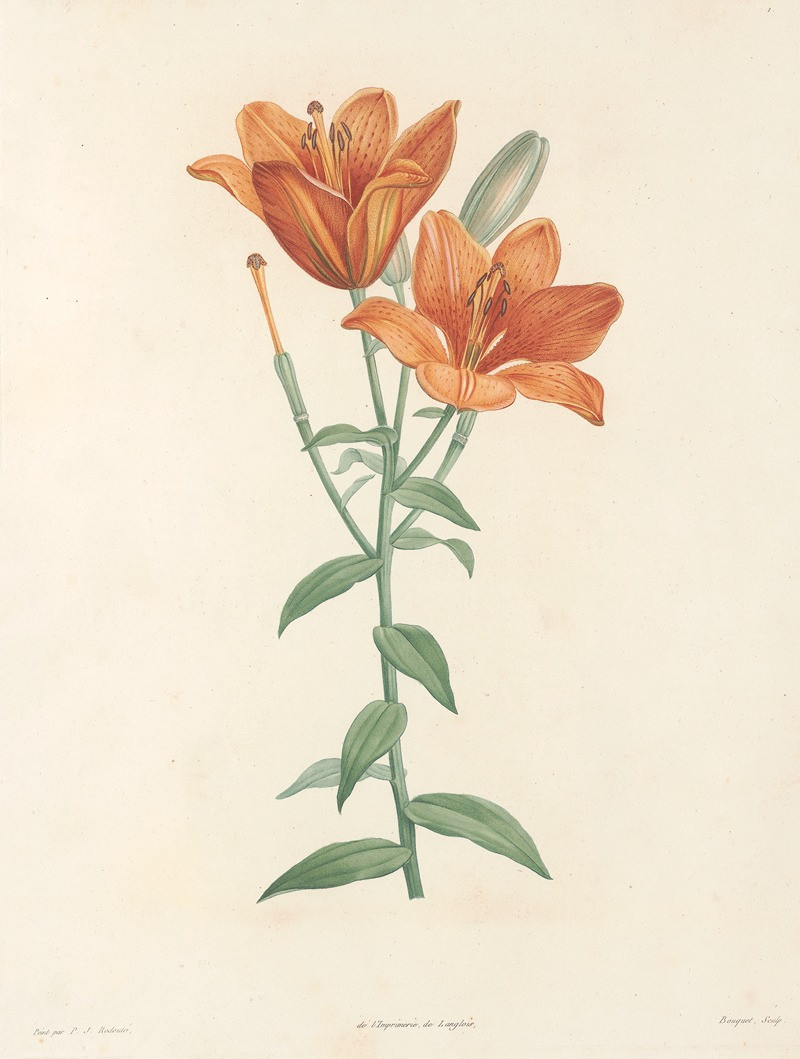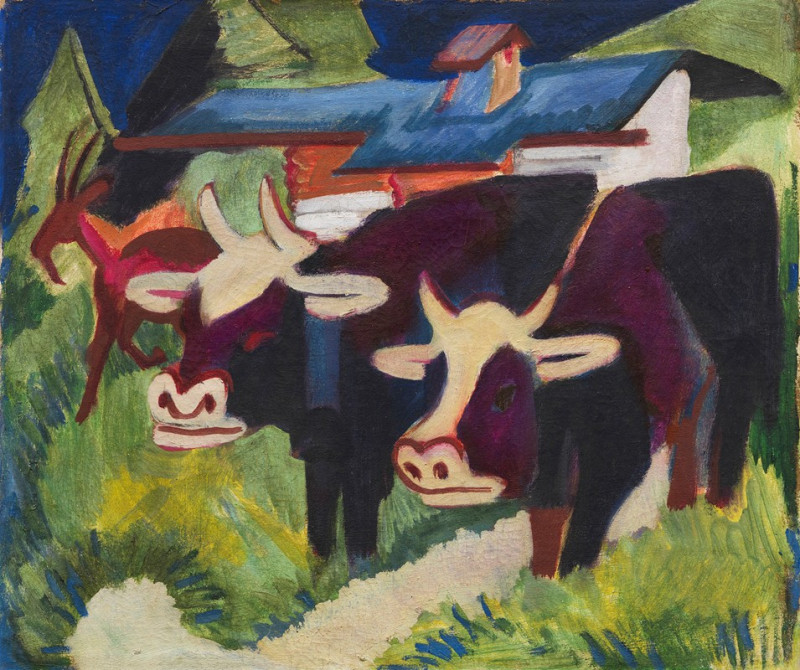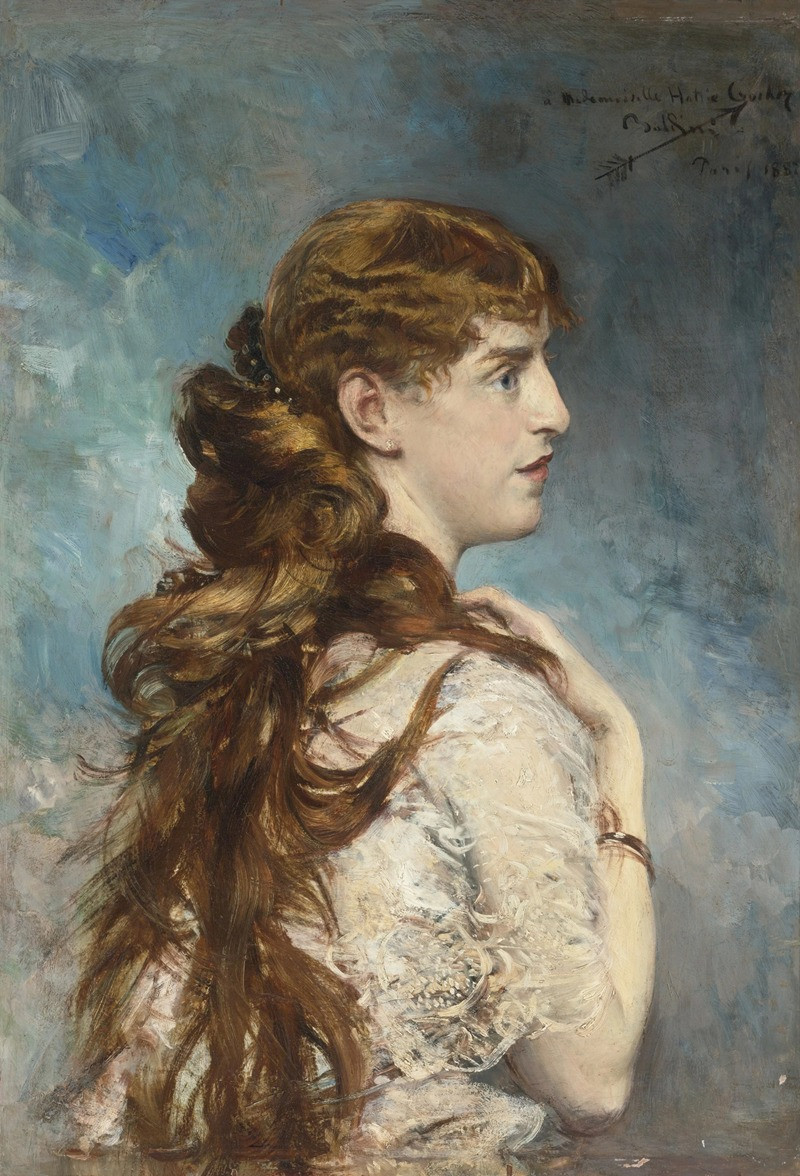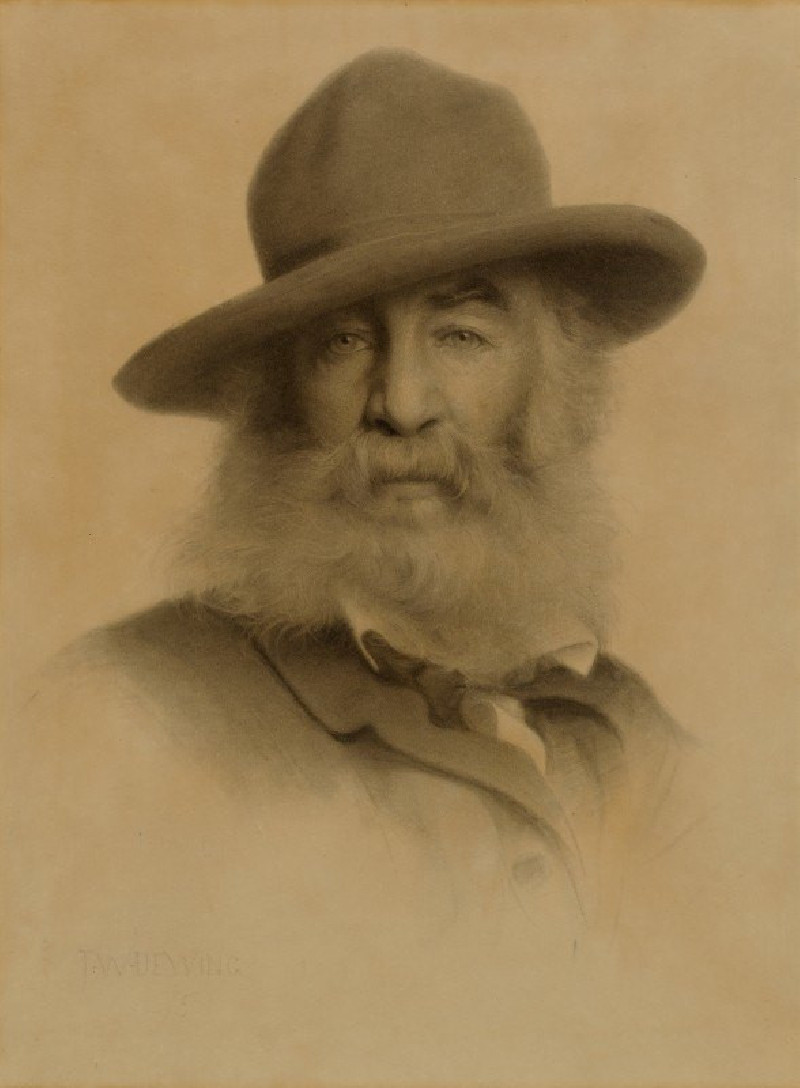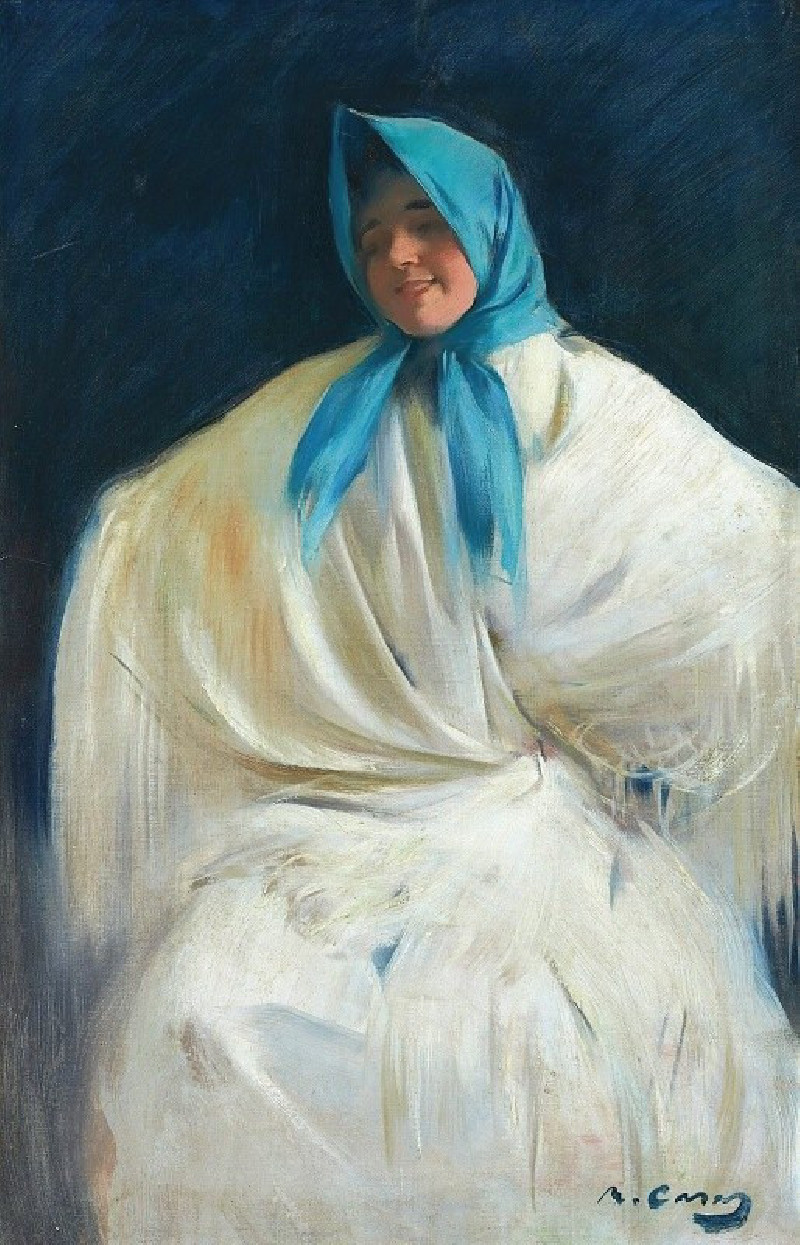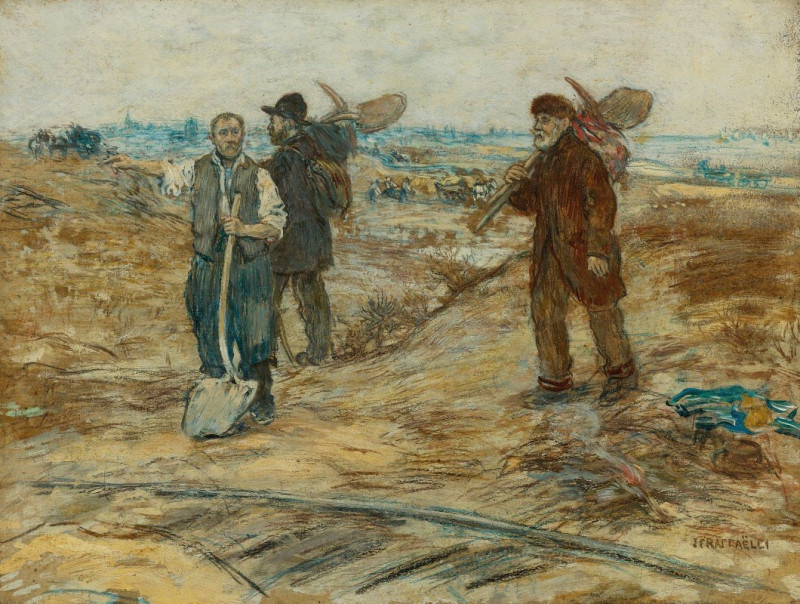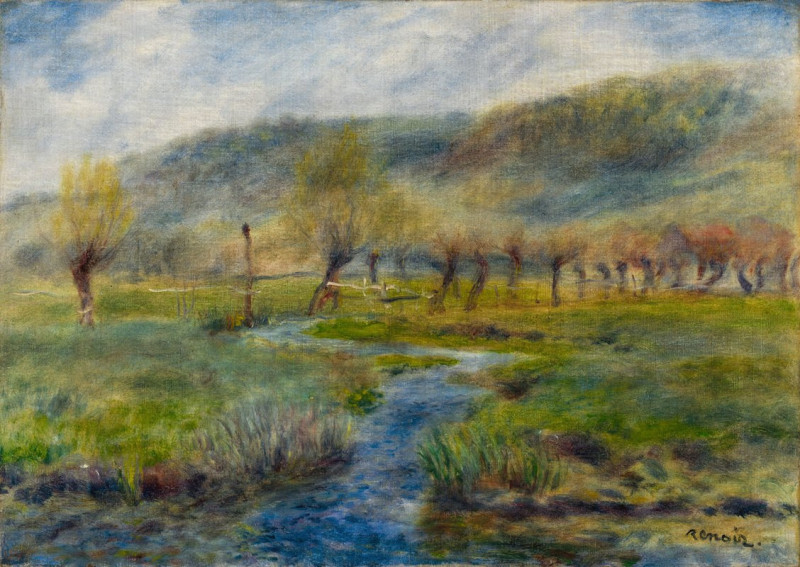Pastorale au flûteur
Technique: Giclée quality print
Recommended by our customers
More about this artwork
Artist: Francois BoucherFrancois Boucher, a prominent figure in the French Rococo movement, brings forth the enchanting and idyllic essence of pastoral life in his artwork titled "Pastorale au flûteur." This painting exemplifies Boucher's adoration for soft, delicate color palettes and his skill in creating light, fluid forms that convey a sense of movement and grace.The composition captures a serene moment in a pastoral setting where a group of figures are leisurely gathered around a flute player, immersed in the gentle melodies. Boucher's scene is set in a lush forest glade, highlighted by a dramatically rendered waterfall that adds a dynamic element to the tranquil atmosphere.At the center, the figures are elegantly dressed in flowing garments that suggest nobility dabbling in the pastoral lifestyle, a popular fantasy in 18th-century French art. The interaction among the characters, coupled with their relaxed poses and the soft interaction of light and shadow, evokes a sense of peaceful coexistence with nature.Sculptural details like the fountain adorned with classical motifs and a lion's head add to the historical allure, suggesting a setting that merges the natural world with human artistry and idealization. Boucher's skillful brushwork and masterful use of monochrome shades give the painting a dreamlike quality, making "Pastorale au flûteur" a captivating glimpse into the idyllic and romantic visions of its time.
Delivery
Returns
François Boucher (1703–1770) was a French painter, engraver, illustrator and printmaker. He was a proponent of Rococo and had a huge influence in spreading the style throughout Europe. His art was idyllic and voluptuous with a high-toned palette of blues and pinks. He created designs for all decorative arts, porcelains and tapestries. Boucher also painted several portraits including his patroness Madame de Pompadour. He is one of the most celebrated decorative artists of the 18th century.

